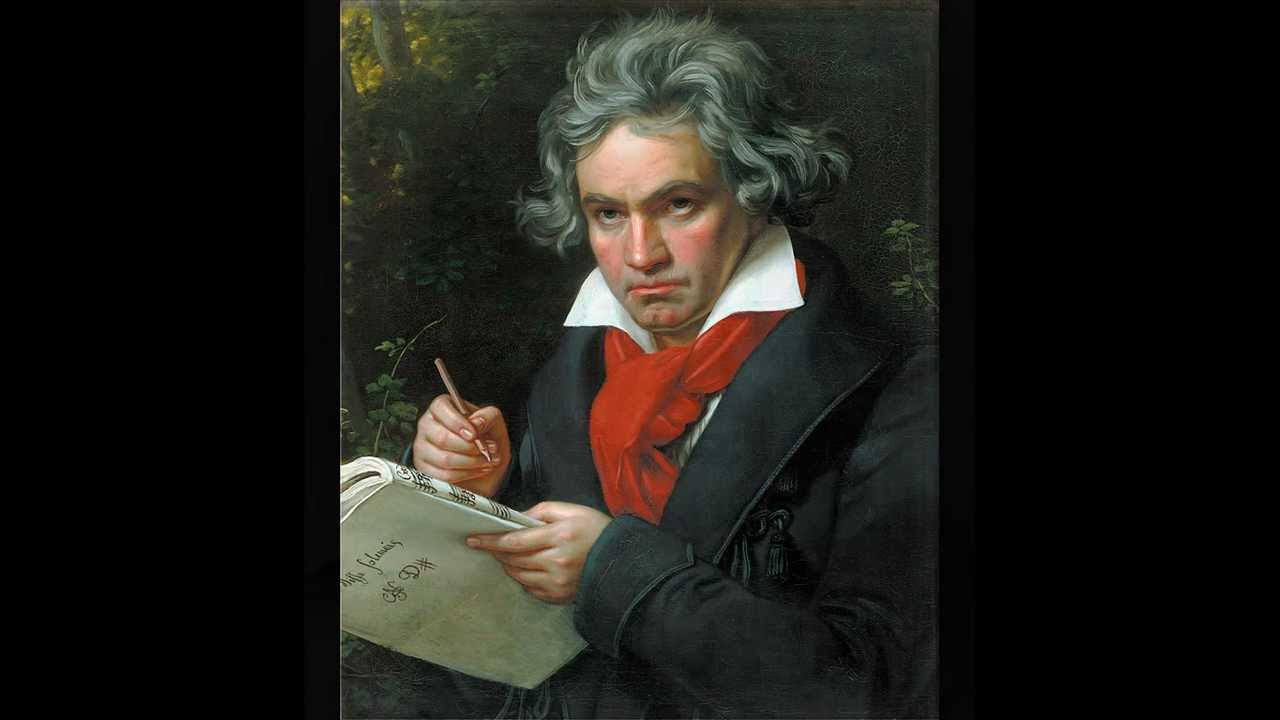Frederick’s decisive victory in the War of the Austrian Succession had laid bare the basic weaknesses of the Habsburgs’ dynastic empire. The empress Maria Theresa (r. 1740-1780) believed in the need for reform and often took as her model the institutions of her hated but successful rival, Frederick II of Prussia.
The empress increased taxes, especially on the nobility, and strengthened the central government at the expense of local aristocratic assemblies, building up departments for central administration. She also took the first steps toward the eventual abolition of serfdom by placing a ceiling on the amount of taxes and of labor service that the peasants could be compelled to render.
While personally devout, she subjected the church to heavier taxation, confiscated monastic property, and expelled the Jesuits. But she banned the works of Rousseau and Voltaire from her realm and even forbade the circulation of the Catholic Index. It was her eldest son, Joseph II, who instituted the major reforms associated with the enlightened despots.
Joseph (r. 1765-1790), who became emperor in 1765, ruled jointly with his mother until her death in 1780. Thwarted and restrained by Maria Theresa in her lifetime, the impatient emperor plunged into activity after his mother died. During his ten years as sole ruler (1780-1790), eleven thousand laws and six thousand decrees issued from Vienna.
For the first time, Calvinists, Lutherans, and Orthodox Christians gained full toleration. The emperor took measures to end the ghetto existence of the Jews, exempting them from the special taxes applied to them and lifting the requirement of wearing a yellow patch as a badge of inferiority. On the other hand, Joseph continued his mother’s moves to increase state control over the church.
He encouraged what he considered socially useful in Catholicism and dealt ruthlessly with what he judged superfluous or harmful. Thus he established hundreds of new churches while reducing the number of religious holidays. Calling monks “the most dangerous and useless subjects in every state,” he suppressed seven hundred monasteries and nunneries. The government sold or leased the lands of the suppressed establishments, applying the revenue to the support of hospitals.
Unlike Frederick the Great, Joseph believed in popular education and social equality. His government provided teachers and textbooks for primary schools. More than a quarter of the school-age children in Austria actually attended school. Everyone in Vienna, high and low, was invited to visit the Prater, the great public park of the capital. The new Austrian legal code followed the recommendations of Beccaria in abolishing capital punishment and most tortures and in prescribing equality before the law. Aristocratic offenders, like commoners, were sentenced to stand in the pillory and, later, to sweep the streets of Vienna.
Joseph’s policy toward the peasants marked the climax of his equalitarianism. He freed the serfs, abolished most of their obligations to manorial lords, and deprived the lords of their traditional right of administering justice to the peasantry. He also experimented with a single tax on land—a revolutionary innovation because the estates of the aristocracy were to be taxed on the same basis as the farms of the peasantry.
Joseph’s economic and political policies, however, often followed the paths of absolutism. In economics he practiced mercantilism, notably in the erection of high protective tariffs and in the government’s close supervision of economic life. In politics he appointed commoners to high governmental posts. He also attempted to terminate the autonomous rights of his non-German possessions, notably Belgium, Bohemia, and Hungary.
Joseph’s measures aroused mounting opposition. Devout peasants, almost oblivious to his attempts to improve their social and economic status, resented his meddling with old religious customs. The nobility clamored against his equalitarian legislation; their opposition to the single-tax experiment was so violent that he had to revoke the decree a month after it was issued. Hungary and Belgium rose in open rebellion against his centralizing efforts and forced him to confirm their autonomous liberties.
In foreign policy, too, his ambitious projects miscarried. By supporting Russian plans for the dismemberment of Turkey, Austria gained only a narrow strip of Balkan territory. Joseph also attempted to annex lands belonging to the neighboring south German state of Bavaria, where the death of the ruler opened another succession quarrel. But Frederick the Great was determined to check any advance of Habsburg power in Germany. In the halfhearted “Potato War” of the late 1770s, Austrian and Prussian troops spent most of their time foraging for food, and Joseph secured only a tiny fragment of the Bavarian inheritance.
Joseph died convinced that he had pursued the proper course, yet believing that he had accomplished nothing. In fact, his course was too insensitive to the feelings of others; but he attempted more in ten years than Frederick attempted in almost half a century, and not all of Joseph’s attempts failed. Though some of his major reforms, such as the abolition of serfdom, were repealed soon after his death, others survived.
The reforms that survived profited from the conciliatory policies of Joseph’s successor, his younger brother Leopold II (r. 1790-1792), who was an enlightened despot in his own right. As grand duke of Tuscany (1765-1790), he had improved the administration of his Italian duchy. He also introduced economic and judicial reforms. Unlike his brother, Leopold actively enlisted the participation of his subjects in affairs of state.

